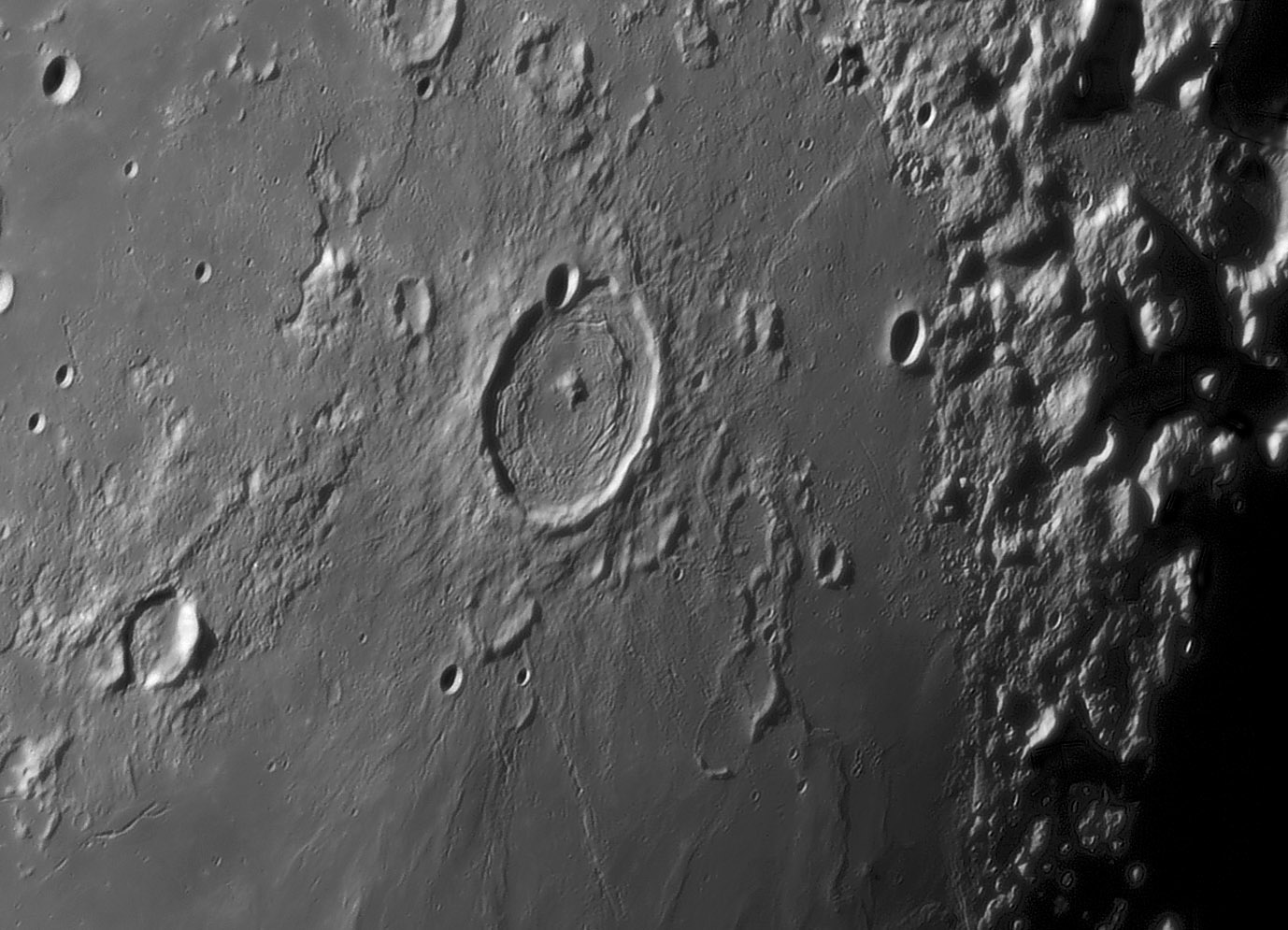Difference between revisions of "November 27, 2009"
| (6 intermediate revisions by the same user not shown) | |||
| Line 1: | Line 1: | ||
__NOTOC__ | __NOTOC__ | ||
=Taruntian Travails= | =Taruntian Travails= | ||
| − | + | <!-- Start of content --> | |
<!-- ws:start:WikiTextHeadingRule:1:<h1> --> | <!-- ws:start:WikiTextHeadingRule:1:<h1> --> | ||
<!-- ws:start:WikiTextLocalImageRule:16:<img src="/file/view/LPOD-Nov27-09.jpg/105586991/LPOD-Nov27-09.jpg" alt="" title="" /> -->[[File:LPOD-Nov27-09.jpg|LPOD-Nov27-09.jpg]]<!-- ws:end:WikiTextLocalImageRule:16 --><br /> | <!-- ws:start:WikiTextLocalImageRule:16:<img src="/file/view/LPOD-Nov27-09.jpg/105586991/LPOD-Nov27-09.jpg" alt="" title="" /> -->[[File:LPOD-Nov27-09.jpg|LPOD-Nov27-09.jpg]]<!-- ws:end:WikiTextLocalImageRule:16 --><br /> | ||
<em>image by [mailto:starman2@allegiance.tv Wes Higgins], Oklahoma</em><br /> | <em>image by [mailto:starman2@allegiance.tv Wes Higgins], Oklahoma</em><br /> | ||
<br /> | <br /> | ||
| − | This is one of the best shots ever of one of the most peculiar areas on the Moon. The crater [ | + | This is one of the best shots ever of one of the most peculiar areas on the Moon. The crater [https://the-moon.us/wiki/Taruntius Taruntius] is well known as a floor-fractured crater, which means that it has an elevated inner ring of fractures and hills and its central peak is higher than expected. The general explanation is that magma rose under the crater, pushing the floor upward and creating the fracture ring. A little of the gas-rich magma escaped to the surface creating the pyroclastic deposits included in the [http://astrogeology.usgs.gov/Projects/LunarPyroclasticVolcanism/lunpyroWebrefs.html USGS list]. You can notice that Taruntius has faint rays showing that it is a somewhat young crater. If it were a billion years old, like Copernicus, to have an uplifted floor would mean that volcanism was active then, which would be exciting. But these are composition rays (made of highland material dug up from under Taruntius) so that the crater is older than Copernicus. To the southeast of Taruntius there is a smooth patch of mare that has few impact craters. Ejecta from Taruntius does not cover this lava, so it is younger than the crater, perhaps a surface manifestation of the magma that lifted the floor of Taruntius. Note the oval shaped swell at the extreme right of this lava patch. Finally look at the crater chain south of Taruntius - this is so prominent that it has an official name - [https://the-moon.us/wiki/Catena_Taruntius Catena Taruntius]. The odd thing is that it is not at all radial to the crater, in fact it crosses at an angle rays and ejecta from Taruntius. Certainly Copernicus has examples of non-radial rays, but this one is suspiciously odd.<br /> |
<br /> | <br /> | ||
<em>[mailto:tychocrater@yahoo.com Chuck Wood]</em><br /> | <em>[mailto:tychocrater@yahoo.com Chuck Wood]</em><br /> | ||
| Line 14: | Line 14: | ||
<br /> | <br /> | ||
<strong>Related Links</strong><br /> | <strong>Related Links</strong><br /> | ||
| − | Rükl plate [ | + | Rükl plate [https://the-moon.us/wiki/R%C3%BCkl_37 37]<br /> |
Wes' lunar [http://higginsandsons.com/astro/ images]<br /> | Wes' lunar [http://higginsandsons.com/astro/ images]<br /> | ||
<br /> | <br /> | ||
| + | <p><b>Yesterday's LPOD:</b> [[November 26, 2009|Grand Larceny]] </p> | ||
| + | <p><b>Tomorrow's LPOD:</b> [[November 28, 2009|A Master Mapper's Crater]] </p> | ||
<hr /> | <hr /> | ||
| − | < | + | <table class="wiki_table"> |
| − | </ | + | <tr> |
| − | + | <td> <!-- RemoveRevolverMaps --> | |
| − | ---- | + | <!-- RemoveRevolverMaps --> |
| − | + | </td> | |
| − | + | <!-- End of content --> | |
| + | {{wiki/ArticleFooter}} | ||
Latest revision as of 17:54, 13 October 2018
Taruntian Travails

image by Wes Higgins, Oklahoma
This is one of the best shots ever of one of the most peculiar areas on the Moon. The crater Taruntius is well known as a floor-fractured crater, which means that it has an elevated inner ring of fractures and hills and its central peak is higher than expected. The general explanation is that magma rose under the crater, pushing the floor upward and creating the fracture ring. A little of the gas-rich magma escaped to the surface creating the pyroclastic deposits included in the USGS list. You can notice that Taruntius has faint rays showing that it is a somewhat young crater. If it were a billion years old, like Copernicus, to have an uplifted floor would mean that volcanism was active then, which would be exciting. But these are composition rays (made of highland material dug up from under Taruntius) so that the crater is older than Copernicus. To the southeast of Taruntius there is a smooth patch of mare that has few impact craters. Ejecta from Taruntius does not cover this lava, so it is younger than the crater, perhaps a surface manifestation of the magma that lifted the floor of Taruntius. Note the oval shaped swell at the extreme right of this lava patch. Finally look at the crater chain south of Taruntius - this is so prominent that it has an official name - Catena Taruntius. The odd thing is that it is not at all radial to the crater, in fact it crosses at an angle rays and ejecta from Taruntius. Certainly Copernicus has examples of non-radial rays, but this one is suspiciously odd.
Chuck Wood
Technical Details
11-05-09, 8:55 UT. 18 Inch Reflector + 4x Powermate + 680nm IR Pass filter + Infinity 2-1M; 351 Frames, 2686 MAP points; Avistack, Registax V5, ImagesPlus, Photoshop CS4
Related Links
Rükl plate 37
Wes' lunar images
Yesterday's LPOD: Grand Larceny
Tomorrow's LPOD: A Master Mapper's Crater
COMMENTS?
Register, Log in, and join in the comments.



